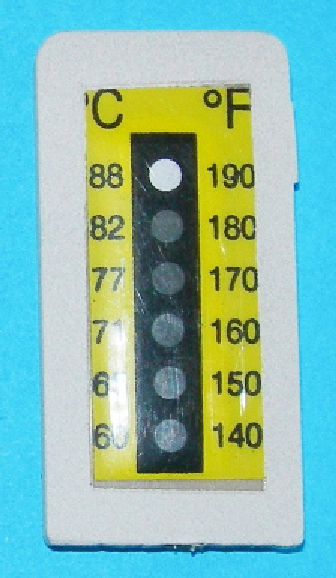Biomedical Engineering Reference
In-Depth Information
detached from the substrate. The adhesion is almost
exclusively due to mechanical interlocking between
coating and substrate and the interface is the weakest
region, although some coatings are porous.
Hydroxyapatite is more brittle than titanium and
tends to leave more residuals on the substrate surface.
As discussed in Section
9.5
, several chemical
analyses can be performed on the hydroxyapatite
coating to determine crystallinity and presence of
metallic elements. Analyses on scraped powder from
HA coatings gave the information summarized in
Table 9.4
and
Fig. 9.18
, confirming the capability to
keep HA coating composition in compliance with
standard requirements.
9.7.2 Substrates Characterization
Important information can be gathered from
chemical analyses such as FT-IR and DSC. As an
example,
Fig. 9.19
shows two absorbance spectra of
a Motis
substrate before and after plasma spray Ti
coating. The two spectra exhibit similar absorbance
curves and peak heights. Keeping in mind that the
effects of UV degradation are evidenced by typical
bands such as those shown in
Fig. 9.10
, the absence
of peaks around 1730 cm
1
and in the region
3100
e
3700 cm
1
confirms that the material did not
undergo chemical degradation. The intensity of the
peak at 1215 cm
1
remains unchanged in relation to
the nearby peaks too, which means that the amount of
Figure 9.13
The temperature-indicating strips were
placed on the surface of a plate made of unfilled
PEEK before starting the plasma spray HA coating
process. A second thin film was placed over the strip,
which could be detached after treatment, to remove
the coating and uncover the strip. The HA coating is
therefore present only on the outer border of the
plate.
Table 9.3
Typical Characteristics of the Coatings Developed for PEEK-Based Substrates
Average
Roughness,
R
a
(
Recommended
Thickness (
Tensile Adhesion
Strength (MPa)
Coating
Porosity (%)
Substrate Coating
m)
m)
m
m
Optima
LT1
Ti, low roughness
100
50
8
1
28
4
3e10
Hydroxyapatite
65
20
6
1
19
3
10
<
Optima
LT1CA30
Ti, low roughness
100
50
7
1
32
7
3e10
Ti, high roughness
300
100
16
1
25
2
20e40
Hydroxyapatite
65
20
7
1
22
5
10
<
Endolign
Ti, high roughness
80
20
14
2
36
7
20e40
Motis
Ti, low roughness
100
50
7
1
33
3
3e10
Ti, high roughness
200
50
20
2
34
4
20e40
The recommended thickness is intended as the maximum peak height of the coating.































